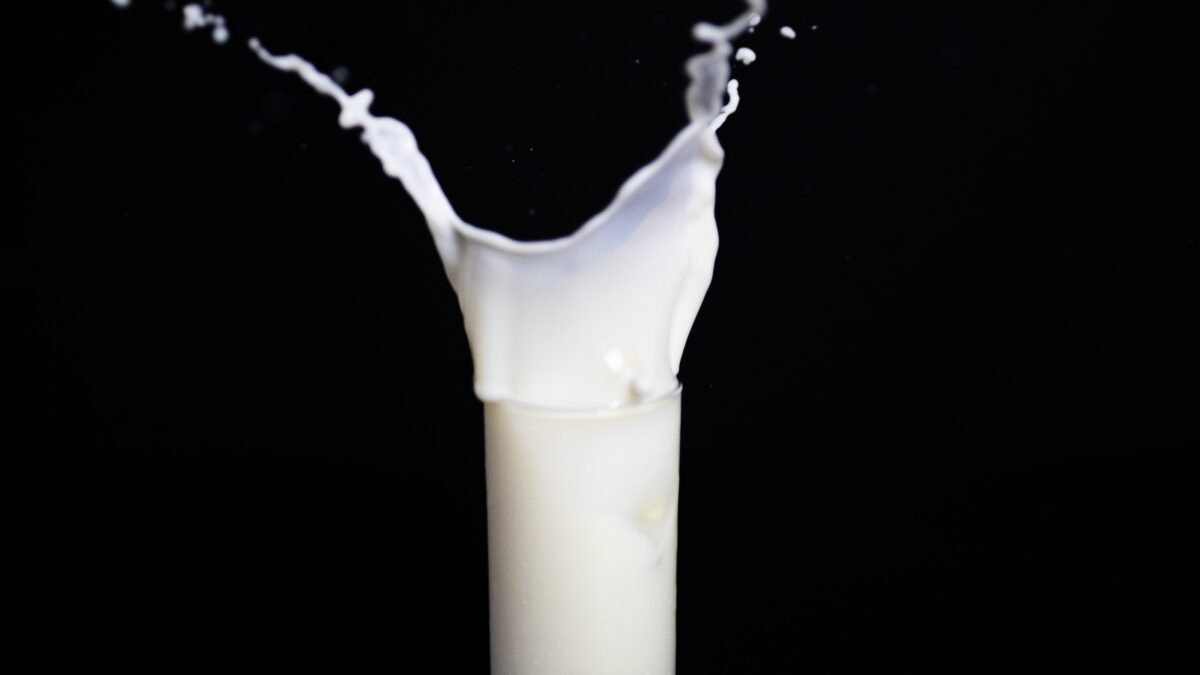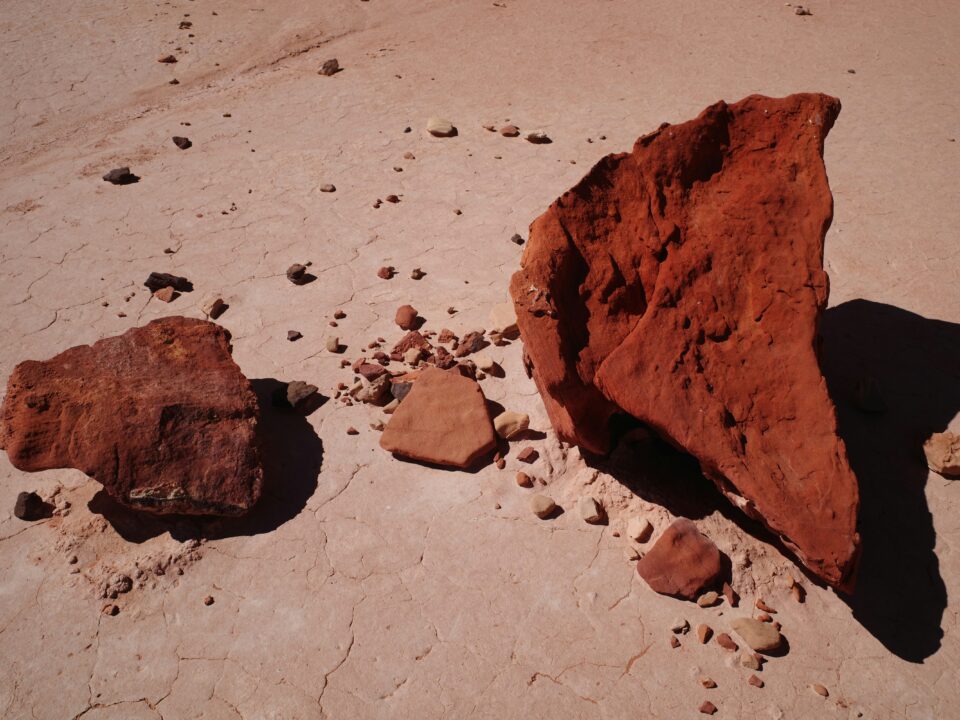
Lactic acid is commonly found in various skin products including moisturizers for dry skin, exfoliating moisturizers, acne creams, anti-aging creams, and peels.
Lactic acid (C3H6O3) belongs to the alpha hydroxy acid (AHA) group. Lactic acid is derived from fermented vegetables and fruits as well as dairy products. The active ingredient of lactic acid is part of the natural moisturizing factor of the skin which is necessary for skin hydration. The topical application of lactic acid facilitates the secretion of vascular endothelial growth factor (VEGF) by keratinocytes. AHAs increase the regular speed of the cell cycle and reduce corneocyte cohesiveness, which results in desquamation. If AHA is administrated in high concentrations, it tends to promote the detachment of keratinocytes and epidermolysis. Meanwhile, at low concentrations, AHAs cause peeling and thinning of the stratum corneum via attenuating intercorneocytes cohesions above the granular level. As a result, this peeling process leads to improved skin radiance. Moreover, since AHAs are strong humectants and have an ability to draw water into the skin, they plump the stratum corneum and give the skin a smoother appearance.
Lactic acid is safe to use for all age groups. It is safe to use during pregnancy as well. There are no known allergies associated with the active ingredient of lactic acid. The only side effect of using skincare products with lactic acid is irritant dermatitis. Lactic acid should not be used during sun exposure and sunscreen should be applied.
AHAs, including the lactic acid, work effectively in treating skin texture, hyperpigmentation, freckles, lentigines, and fine lines. If lactic acid combined with glycolic acid is incorporated into regular skincare routine, it improves the photodamaged skin.
Cleopatra loved to have sour milk baths, which is the first known use of lactic acid in one’s skincare routine.



